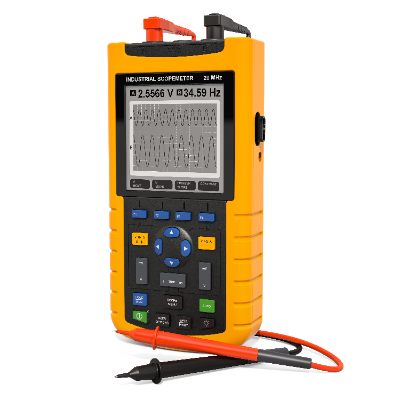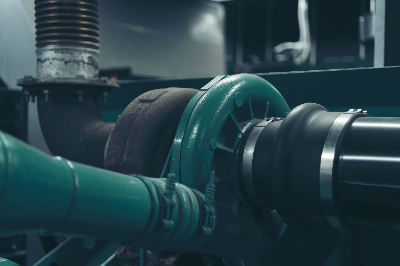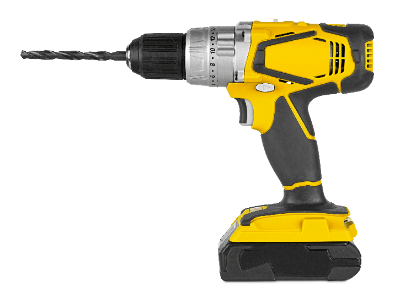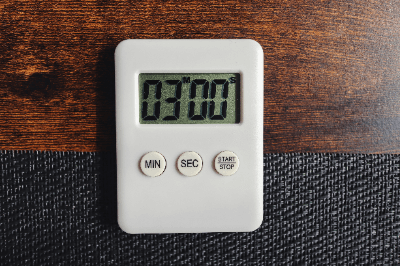What Is a Chain Gate?

A chain gate is an automatic parking gate with a chain tensioning system.
The chain is automatically lowered just before a car passes through and is automatically raised after the car has passed through.
A chain gate is operated by a remote control, and the owner of the building where the chain gate is installed, such as a house, automatically opens and closes the chain gate.
In this way, only the owner of the house, who is the owner of the remote control, can enter and exit the gate, thus preventing the entry of vehicles from outside the department.
Uses of Chain Gates
Chain gates come in small, medium, and large sizes and are used in a wide variety of applications, from private residences to apartment complexes.
The small type is highly functional, yet compact, so it does not disturb the scenery and is suitable for small to medium-sized parking lots and condominiums.
The medium-sized type has upper and lower sliding chains and is suitable for large condominiums and parking lots.
The large type is suitable for large parking lots in public housing complexes and developed areas and is also suitable for corporate parking lots.
Principle of Chain Gates
The simple design of the chain gates makes it suitable for installation in any location, even in condominiums and parking lots with height restrictions.
Chain gates require very little space at either end of the gate, so they require very little approach.
The main body of the chain gates is made of aluminum, which is rust-resistant and can maintain its beautiful appearance for a long period.
Chain gates are equipped with LED nighttime illumination as standard equipment, including an easy-to-read two-color rotating indicator light, which makes it possible to enter and exit the gate at night with peace of mind.
When a chain gate’s chain is lowered, the chain retracts into the rail, allowing smooth passage for vehicles.
The chain gate has a low-decibel drive for reduced operating noise and a highly reliable internal frame structure.
On top of that, they are equipped with a photoelectric sensor and designed not to raise the chain if a vehicle or obstacle is in the way, to prevent accidents.
An emergency switch allows the chain to be lowered in the event of an emergency such as a fire or earthquake, and in the event of a power failure, the chain automatically lowers so as not to interfere with vehicle entry and exit.
The large chain gates use Φ13mm stainless steel chain and have a robust FRP head cover.
Some are equipped with a beam sensor for car detection.



